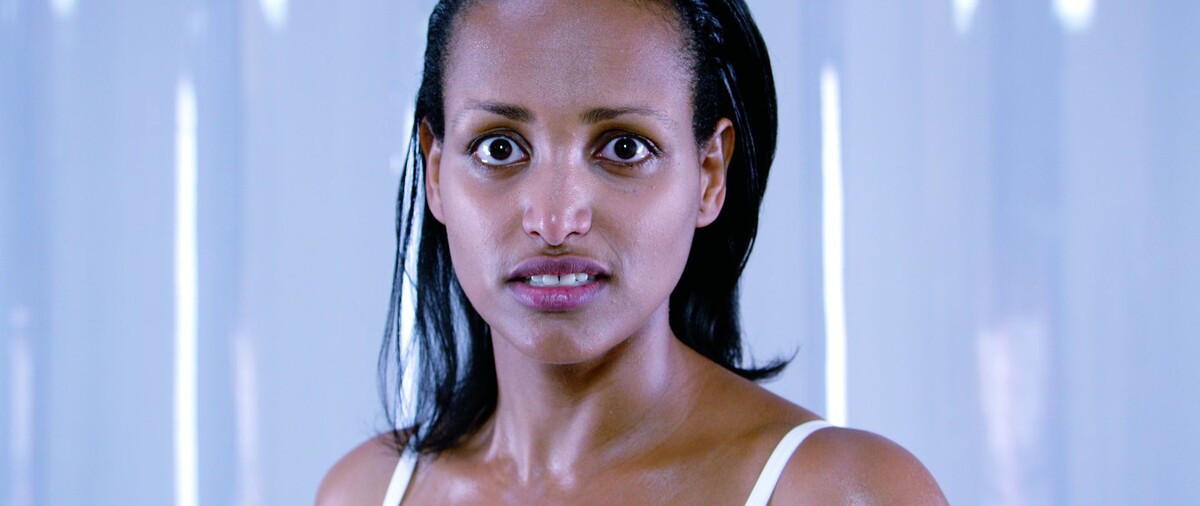On Mood Politics, Sentiment Data, Market Sentiments and other Sentiment Agencies
March 31–May 28, 2017
Museumsplatz 1
1070 Vienna
Austria
Hours: Tuesday–Sunday 1–7pm
T +43 1 5235881
office@mqw.at
Curated by Sabine Winkler
In our post-factual age, realities are increasingly generated through moods. Mood data, in turn is a sought-after subject for analysis; emotions are being quantified and simulated. The exhibition focuses on the significance and radius of sentiment in politics, economy, technology, media and art and investigates the domain of influence that moods have, especially in relation to the current socio-political upheavals.
The show addresses the question of how and why moods are analysed, generated and exploited, to what purpose, and how moods assume autonomy in networks and can themselves become actors. On the one hand, electoral, investment and purchasing behaviour are influenced by moods, with social media channels often acting as amplifiers. On the other hand, emotions are being quantified in order to evaluate emotional reactions for economic, marketing strategy or criminological purposes, or to make computers more emotional.
The artistic works shown in the exhibition address manipulative techniques of ideological mood politics, and deal with the emotionally charged struggle for definition authority between reality and fiction, analyse the influence and impact of moods on financial markets or confront technological developments that exert a direct or indirect influence on human behaviour, and social relationships through emotional analysis.
Christina Werner focuses in her installation The Boys Are Back, on right-wing European networks and their pop-cultural media presence. She analyses contradictions, analogies, gestures and orchestrations of right-wing populism.
In her works A timeframe of one second is a lifetime of trading, I, II, Femke Herregraven explores the specific names given to different trading algorithms to depict high-frequency trading processes as graphic profiles and patterns. In so doing she points to emotional, cultural and symbolic reference and abstraction processes in finance and culture.
In his video and photographic work, Florian Göttke is concerned with analysing the politics of image in the context of the Syrian war. He investigates how images are used in media and social media, how emotions are evoked through photographs, how visibility demands reactions and responsibility.
In 2004, campaign posters spread across public spaces in Beelitz/Brandenburg inspired Nir Nadler to launch his own electoral campaign, as the fictional candidate Norbert Nadler. He staged Norbert Nadler as a politician devoid of ideology who instead adapts to the mood of his environment and represents an “empty signifier.”
Xavier Cha investigates the impact of digital image communications on our emotional perception and behaviour. In a laboratory situation she shows a range of emotional test subjects whose faces register emotional impulses. The lack of context makes it impossible for the viewer to identify with the emotional states of the actors.
In her video installation Follow the Path, Bego M. Santiago shows men and women dressed in white swimming in groups on their own or in pairs. The artist is interested in how certain triggers can cause emotional infection and how patterns of behaviour can form in social networks.
In his installative work PROTEST, Tom Molloy shows prints of cut-out figures from online media on an eight-metre long shelf. The work reflects the desire to position oneself in the public realm, to be visible as an actor and addresses such issues as the emotional relationship between subject and society, from performative orchestration to linguistic representation.
Artists:
Antoine Catala*, Xavier Cha, Florian Göttke, Femke Herregraven, Hertog Nadler*, Micah Hesse*, Francis Hunger, Scott Kildall, Barbora Kleinhamplová, Tom Molloy, Barbara Musil, Bego M. Santiago*, Ruben van de Ven*, Christina Werner
*Q21/MQ Artist-in-Residence
Mood Swings is organised in cooperation with the Austrian Federal Ministry for Europe, Integration and Foreign Affairs and other partners from Austria and abroad.
Admission free
Director of MuseumsQuartier Wien: Dr. Christian Strasser
Enquiries: Press, MQ: Irene Preissler, ipreissler [at] mqw.at
Artistic Director, frei_raum Q21 exhibition space: Elisabeth Hajek, ehajek [at] mqw.at



